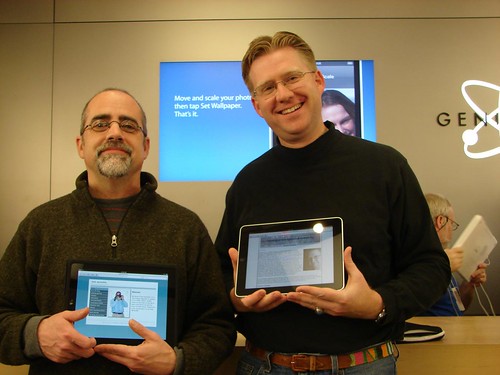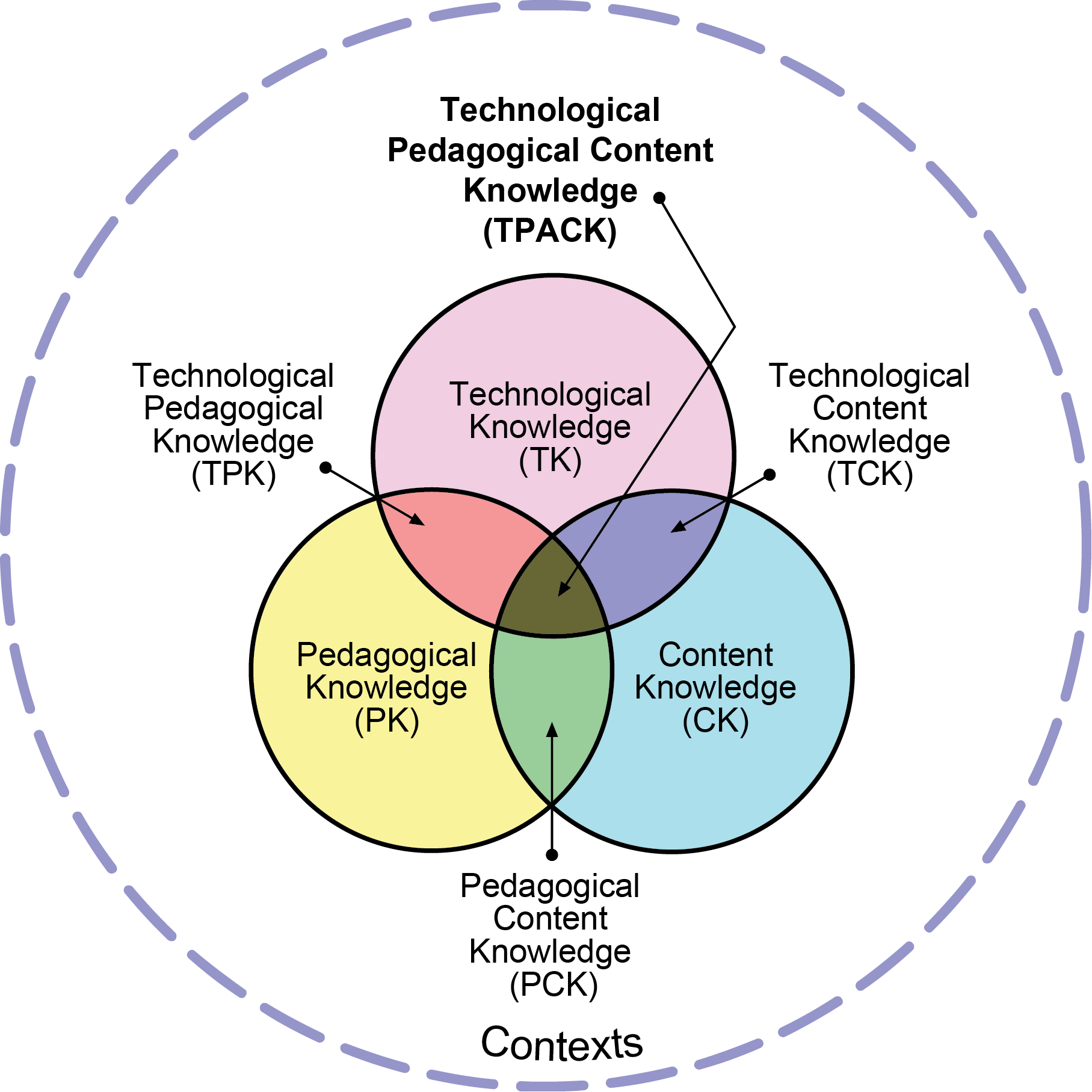have been in the classroom since the beginning of the school year. They have been teaching literacy courses as well as literacy across the curriculum, using their iPad to access lesson plans and online reading curriculum. They have received formal feedback on their teaching and are confidently managing the class. Additionally they have been creating technology projects to use in their practicum classroom. Now they are preparing to make their students the creators in demonstrating their learning using technology.
At the same time their cooperating teachers are beginning to listen to technology ideas as I share them with their preservice teachers. When cooperating teachers have a question about technology they go to their preservice teacher, and sometimes I'm lucky enough to be in the room to help out. One question this week was about how to search for images within Google Docs. Since the Research tool has been replaced by Explore, teachers have to change their visuals that demonstrate how students can add images to their research projects. A preservice teacher found that Explore let's you search the web, images, and your Google Documents to add information to your paper. She created a screencast using Screencastify to show students how to add images to their presentations. I was so impressed with the level of this screencast and others created this semester.
Additionally, we just had Tech EDGE 18 The Future is Now: Innovative Approaches to 21st Century Learning. A couple cooperating teachers and other inservice teachers led sectionals demonstrating creative ways they are integrating technology in the classroom. Student teachers, and some of these literacy practicum students, attended the conference along with some classroom teachers. When processing what they learned and wanted to use in their classrooms these beginning teachers discussed ways they could incorporate Genius Hour, Makerspaces, Google Classroom, interactive student responses, international collaboration, green screen videos, Google Draw, and much more. How exciting to send new teachers into the field with innovative ideas of what education can be along with competence in making it a reality. I am convinced there has never been a more exciting time to be a teacher, and am proud to coach amazing preservice teachers and their cooperating teachers. Now to prepare for more preservice teachers to observe classroom teachers using 1:1 devices with students at Tech EDGE Aurora on Wednesday! Let the innovation continue!
































